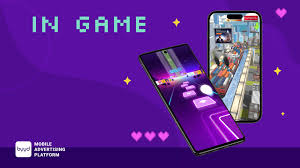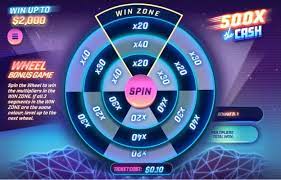
Mobile Technology Marketing B.V. Game
In addition, influencer marketing has emerged as a powerful strategy within social media marketing. Collaborating with influencers who align with a brand’s values can significantly expand its reach and credibility. By tapping into established audiences, brands can leverage the influence of these individuals to promote their offerings in a relatable and authentic manner betweeneastandwest.com.
The Impact of Gamification in Mobile Technology Marketing B.V. Game
Gamification seamlessly integrates game mechanics into non-gaming contexts, enhancing engagement and fostering user participation. In the realm of mobile technology marketing, gamification has emerged as a prominent strategy that captivates consumers and drives brand interaction.
Engaging Consumers Through Game Mechanics
At its core, gamification leverages psychological principles to motivate users and enhance their experience. By incorporating elements such as points, levels, challenges, and rewards, brands can create interactive environments that encourage customers to engage with their products or services.
For instance, fitness apps often employ gamification by enabling users to set goals, track their progress, and earn rewards for achieving milestones. This approach not only motivates individuals to stay active but also fosters a sense of community among users striving toward common objectives.
Similarly, retail brands have utilized gamification to enhance the shopping experience. By implementing loyalty programs that reward customers for completing tasks—such as making purchases, referring friends, or sharing on social media—brands can create an engaging journey that encourages repeat business and customer retention.
Enhancing Brand Loyalty and Retention
Gamification not only drives engagement but also enhances brand loyalty and retention. When consumers feel a sense of achievement and recognition for their interactions with a brand, they are more likely to develop an emotional connection.
By introducing leaderboards, badges, and challenges, brands can create a competitive environment that compels users to participate actively. This competition fosters a sense of belonging and camaraderie among users, encouraging them to return and engage with the brand repeatedly.
Moreover, gamified experiences can provide valuable insights into consumer behavior. By tracking user interactions, brands can gather data that informs their marketing strategies and product offerings. Understanding how consumers navigate gamified environments enables brands to tailor their approaches to different segments, ensuring they meet their audience’s needs effectively.
Case Studies of Successful Gamification in Marketing
Several brands have successfully harnessed the power of gamification to boost engagement and achieve their marketing objectives. One notable example is Nike’s “Nike+ Run Club” app, which gamifies running by allowing users to track their distances and compete against friends. Users earn achievements and rewards for reaching specific milestones, creating a sense of accomplishment and motivation to continue using the app Mobile Technology Marketing B.V. Game.
Another compelling case is Starbucks’ loyalty program, where customers earn stars for each purchase. These stars can be redeemed for free items, incentivizing repeat visits and increasing customer loyalty. Starbucks combines gamification with a seamless mobile experience, allowing fans to order ahead and collect rewards effortlessly.




